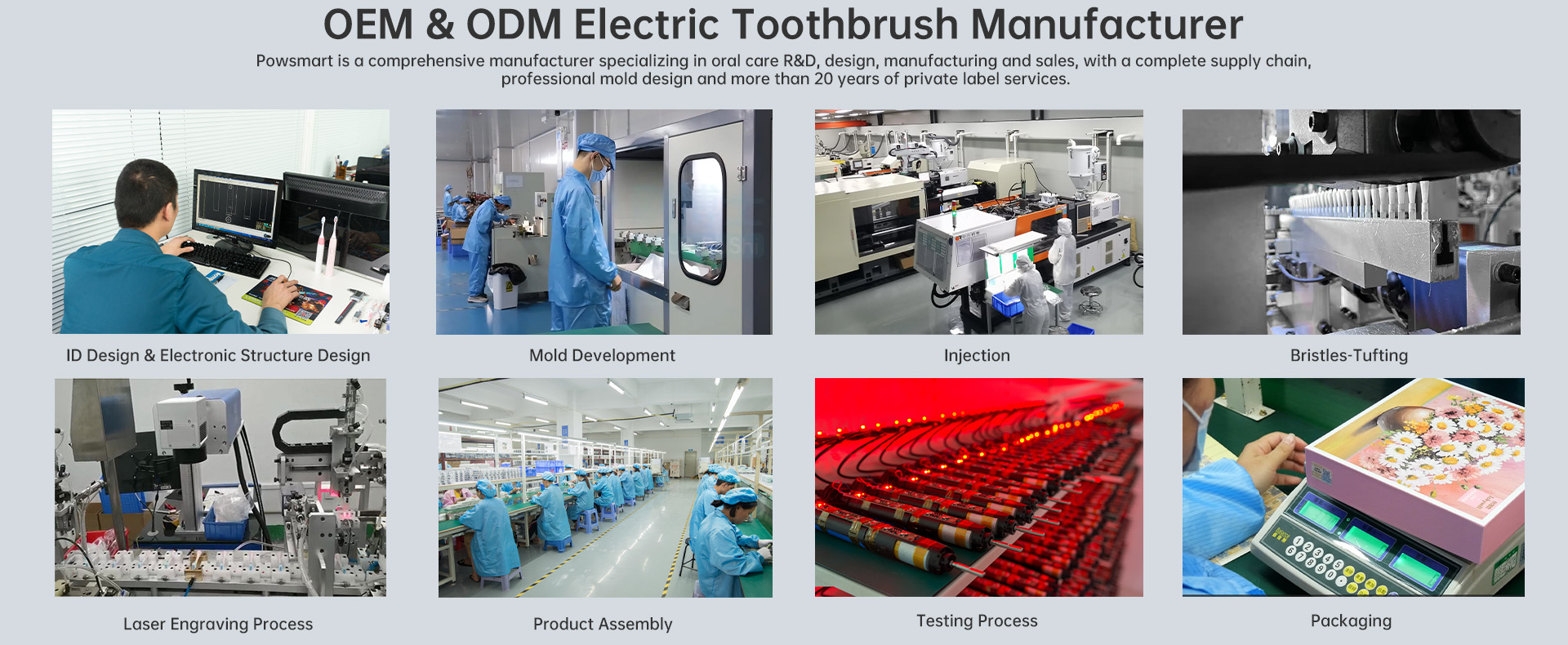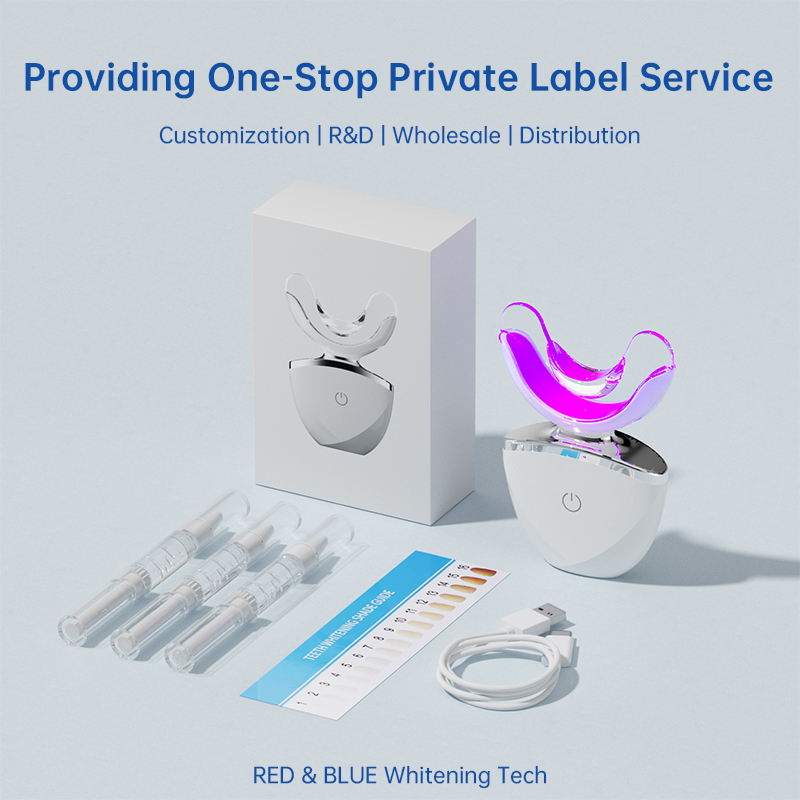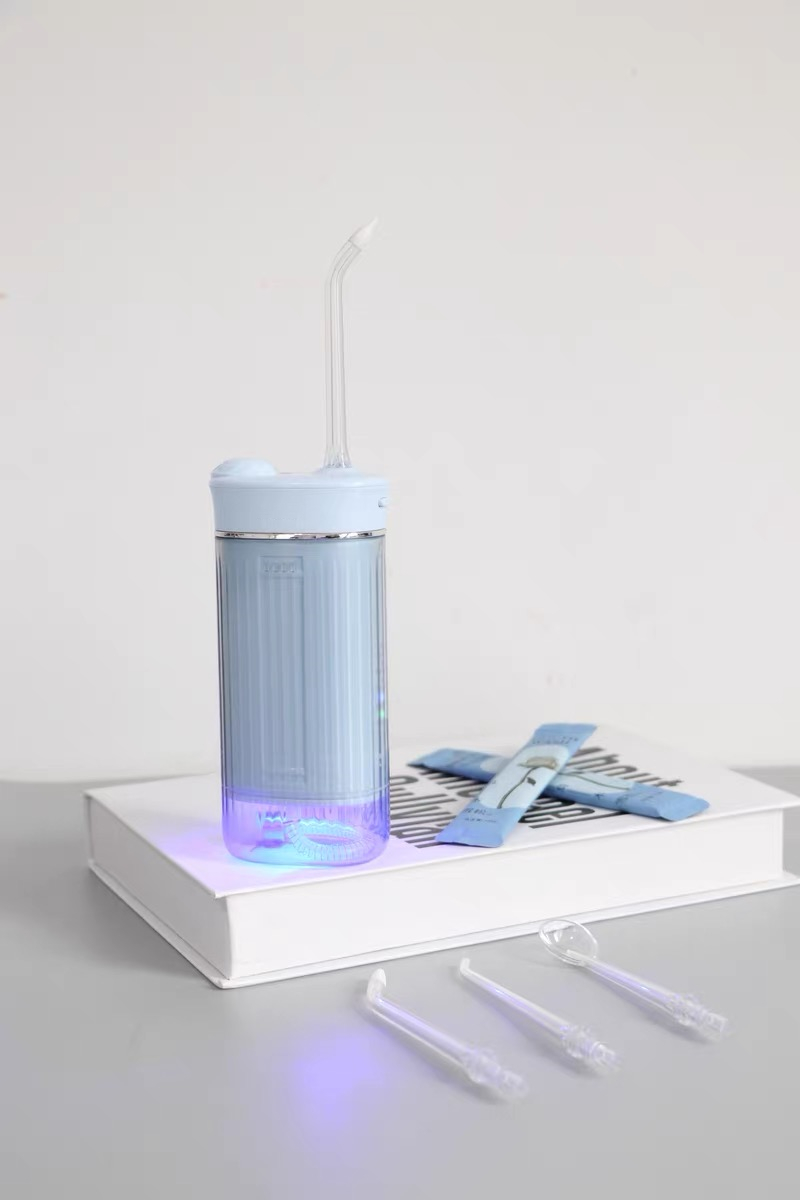As device design advances in the oral care industry, vestibular stimulation—the activation of oral tissue through vibration, motion, or pressure—has become an increasingly common feature in consumer and clinical-grade devices. While intended to enhance user comfort or circulation, there is growing concern that excessive or improperly calibrated stimulation may accelerate tooth demineralization. Could the very technology designed to promote oral health be undermining enamel integrity?
Vestibular stimulation refers to the mechanical activation of the oral vestibule—the area between the teeth, lips, and cheeks—often through:
These features are often marketed as comfort-enhancing or circulation-boosting. However, when over-applied or poorly regulated, they may introduce stress to enamel and surrounding tissues.
Tooth demineralization occurs when minerals, primarily calcium and phosphate, are gradually lost from the enamel surface due to acid attacks or mechanical erosion. Contributing factors include:
Demineralized enamel becomes porous, sensitive, and more susceptible to decay—making it a silent yet critical threat to long-term oral health.
When vestibular stimulation is too aggressive or misdirected, it can:
This is particularly problematic for users with orthodontic appliances, aging enamel, or high-acid diets. Company web: https://www.powsmart.com/product/electric-toothbrush/
Several real-world use cases elevate the risk of vestibular stimulation worsening tooth demineralization:
This highlights the need for careful calibration and intelligent design based on age, dental status, and enamel resilience.
To minimize the risk of stimulating enamel degradation, OEMs should consider:
Smart design does not merely enhance performance—it prevents unintended harm in edge-case users.
The intersection of vestibular stimulation and tooth demineralization represents an emerging concern in oral care technology. As devices become more advanced, the margin for unintended effects widens—especially in sensitive populations.
By conducting simulated enamel stress testing, multi-user condition trials, and continuous post-market surveillance, manufacturers can remain at the forefront of safe and effective design.
While vestibular stimulation offers distinct therapeutic benefits, its potential role in tooth demineralization must not be overlooked. Only by harmonizing engineering precision with clinical insight can OEMs deliver products that enhance—not erode—oral health. Contact us
-300x300.jpg)
-300x300.jpg)

Antibacterial Water Flosser Technology Trend: The Importance of UV Sterilization for Water Tank Hygiene Assurance

Professional vs. Home Use: Key Technical Differences in Teeth Whitening Blue Lights
Wireless Charging Toothbrush Factory | Contactless Power for Modern Hygiene

Can Travel Electric Toothbrush’s Waterproof Failure Cause Circuit Corrosion?

Electric Toothbrush Head Customization Solution and Range
Electric Toothbrush for Plaque Removal – Professional Cleaning for Dental Businesses
.jpg)
Pressure Sensor Toothbrushes: Prevent Over-Brushing with Smart Tech
User Adaptation Struggles from Improper Angle Use? Device Design Matters!

Oral Care and Personal Confidence Enhancement: A Dual Strategy from Whitening Effect to Product Appearance Level

How Can oral care Brand Owners Enhance brand influenceThrough Product Expansion Strategies?
Hose Cracks Causing Water Pressure Instability?
Mode Failure Accelerates Enamel Cracks? Stop Using Now!
Quiet Electric Toothbrush for Night Use – OEM Supply for Hotels & Wellness Brands
Compatibility Confusion with Nozzle Replacement? What OEM Buyers Must Know
.jpg)
Customization of Oral Irrigator Pulse Frequency: How to Balance 1400–1800 Times/Minute with Noise Control?

Optimizing Water Flosser Performance: The Science Behind PSI Settings

Customization Teeth Whitening Gel

Electric toothbrush heads Charcoal Infused-Diamond

electric toothbrush heads Ultra Soft

electric toothbrush heads Regular Clean

electric toothbrush heads Deep Clean

Private Label Whitening Gel
.jpg)
Florida Electric Toothbrush – Powsmart PTR-C8

electric toothbrush heads Charcoal Infuse-Round
whstapp
whstapp
National Toll-Free Service Hotline
+86 755 86238638